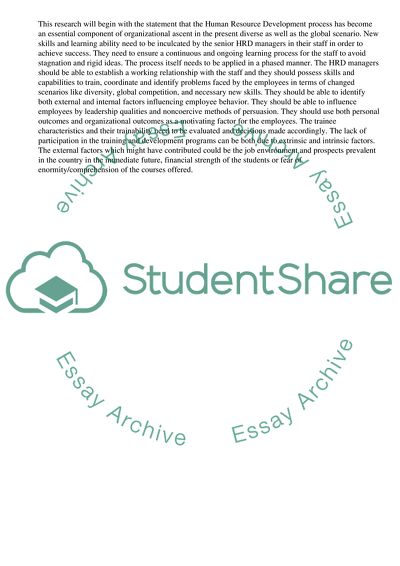Cite this document
(“Training and development Essay Example | Topics and Well Written Essays - 1000 words”, n.d.)
Training and development Essay Example | Topics and Well Written Essays - 1000 words. Retrieved from https://studentshare.org/management/1542273-training-and-development
Training and development Essay Example | Topics and Well Written Essays - 1000 words. Retrieved from https://studentshare.org/management/1542273-training-and-development
(Training and Development Essay Example | Topics and Well Written Essays - 1000 Words)
Training and Development Essay Example | Topics and Well Written Essays - 1000 Words. https://studentshare.org/management/1542273-training-and-development.
Training and Development Essay Example | Topics and Well Written Essays - 1000 Words. https://studentshare.org/management/1542273-training-and-development.
“Training and Development Essay Example | Topics and Well Written Essays - 1000 Words”, n.d. https://studentshare.org/management/1542273-training-and-development.


